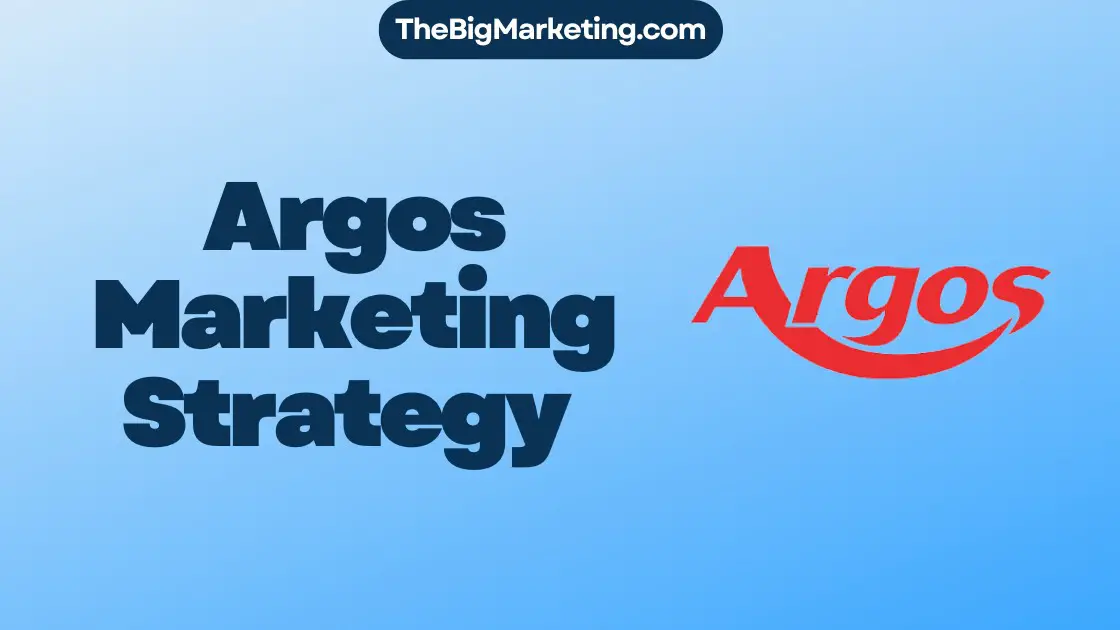As we step into 2024, the realm of professional networking sites continues to grow, presenting formidable LinkedIn competitors poised to challenge the platform’s dominance. From social media competitors to specialized business networking platforms, the landscape is evolving with robust alternatives.
Understanding the rising stars in this domain involves dissecting metrics like website traffic, global rankings, and authority scores. Using data from Semrush, this analysis aims to shed light on the platforms that users turn to for expanding their business networks.
In this exploration, we will delve into the distinguishing features of these LinkedIn competitors, examining how they cater to the needs of professionals seeking effective networking solutions.
Introduction to LinkedIn Competitors in 2024
The landscape of business networking platforms has undergone significant evolution by 2024. Several professional networking sites have emerged as potent rival networking sites to LinkedIn, bringing varied features and capabilities to the forefront. Understanding the dynamics of these platforms is crucial for professionals seeking alternatives to LinkedIn.
To assess these business networking platforms, several key criteria come into play. These include:
- Website Traffic: Evaluating the amount of traffic each site receives helps in determining their popularity and user engagement.
- Global and Country-Specific Rankings: Analyzing these rankings provides insights into the geographical reach and influence of these rival networking sites.
- Authority Scores: Higher authority scores generally indicate a greater level of trust and reliability among users.
- User Engagement Metrics: Metrics such as page visits and bounce rates are essential to understand how effectively these professional networking sites retain their users.
As we delve deeper into 2024, it becomes evident that these professional networking sites offer diverse functionalities and user experiences. This makes them viable alternatives to LinkedIn, ensuring that professionals have a broad array of choices tailored to their specific networking needs.
Instagram as a Professional Networking Alternative
As LinkedIn competitors continue to emerge, Instagram has positioned itself as a remarkable platform within the realm of professional networking sites. Leveraging its visual-centric approach, Instagram is becoming a significant player in the business networking landscape.
Instagram’s Influence in Business Networking
Instagram’s influence in business networking is underscored by its impressive Global Rank and Authority Score. These metrics highlight Instagram’s capability to serve as a viable alternative to traditional professional networking sites. Businesses and professionals are increasingly utilizing Instagram to enhance their brand visibility, engage with potential clients, and foster professional relationships.
Features and Tools for Professional Use
Instagram offers a variety of features tailored for professional use, which assists in establishing it as a strong LinkedIn competitor. Among these features are:
- Professional Accounts: Allows users to access detailed insights and advanced communication tools.
- Instagram Stories: Facilitates real-time, engaging content sharing, fostering authentic connections.
- IGTV: Enables long-form video content that can serve educational and promotional purposes.
- Hashtags: Enhances discoverability and connects professionals within niche industries.
Comparing Instagram and LinkedIn’s Networking Potential
When comparing Instagram business networking with LinkedIn’s networking potential, several key metrics come into play:
- User Engagement: Instagram boasts higher engagement rates due to its multimedia content approach.
- Visits and Pages Per Visit: LinkedIn leads in terms of business-focused content consumption, whereas Instagram’s visits are driven by visually appealing posts.
- Bounce Rates: Instagram tends to retain users longer owing to its continuous scroll feature and interactive stories.
Overall, both platforms offer unique strengths in professional networking, with Instagram emerging as a versatile alternative amidst LinkedIn competitors.
Facebook: Expanding Your Business Connections
As a formidable presence amongst LinkedIn competitors, Facebook has carved a niche in business networking with its expansive user base and diverse connectivity features. The platform’s impressive Global Rank further cements its position as a key player in professional networking.
Facebook’s Role in Professional Networking
Facebook, once primarily known for social interactions, has seamlessly integrated business networking functionalities, making it a vital tool for professionals. Its vast user network allows for unparalleled reach, enabling users to connect and collaborate with a global audience.
Key Features Benefiting Business Networking
Several features on Facebook significantly enhance business networking capabilities. The Groups feature fosters community building and industry-specific discussions, while the Pages allow businesses to establish an online presence and engage with potential clients. Moreover, Facebook’s targeted advertising facilitates precise outreach, ensuring that businesses reach the right audience.
Usage Statistics and Audience Engagement
Facebook’s usage statistics highlight its effectiveness as a professional networking platform. With millions of daily active users, the engagement rates are impressive. Metrics demonstrate high page visits and low bounce rates, indicative of robust user interaction. This data underscores Facebook’s potential to rival other social media competitors in the realm of professional connectivity.
Twitter: Real-Time Networking and Engagement
In the fast-paced digital world, Twitter emerges as a formidable platform for Twitter professional networking and real-time networking engagement. Markedly different from other LinkedIn competitors, Twitter provides an unparalleled immediacy and connectivity for professionals worldwide.
The Power of Twitter for Professional Networking
Twitter’s real-time capabilities fundamentally change the landscape of professional networking. Immediate communication and engagement make it a strong contender against other LinkedIn competitors. Professionals keen on building connections and sharing insights swiftly find Twitter’s platform conducive for quick, meaningful interactions.
Utilizing Twitter Features for Business Success
Twitter offers a suite of features tailored for professional success. From utilizing hashtags to join industry-specific conversations to engaging with thought leaders through mentions, these tools boost Twitter professional networking endeavors. Additionally, Twitter Analytics provides insights into audience engagement, helping professionals refine their strategies.
Audience Demographics and Engagement Metrics
Understanding Twitter’s audience demographics is crucial for maximizing real-time networking engagement. The platform’s diverse user base, coupled with extensive engagement metrics such as visit frequency and bounce rates, offers a comprehensive view of Twitter’s utility in professional networking. These metrics solidify Twitter’s standing as a notable LinkedIn competitor in the professional realm.
Industry-Specific Professional Networking: Indeed and More
In the evolving landscape of professional networking, niche-specific platforms are emerging as formidable LinkedIn competitors. One such platform making waves is Indeed, known primarily as a job search engine. Yet, its shift towards professional networking marks a significant entry in this space.
Indeed’s Relevance in the Professional Networking Scene
Indeed has established itself as a significant player in the industry-specific professional networking scene. With a high Global Rank and notable Authority Score, Indeed offers features that streamline professional networking and job search in tandem. This unique combination positions it as a relevant LinkedIn competitor, catering to a targeted audience of job seekers and recruiters.
Additional Niche-Specific Platforms
Beyond Indeed, there are other niche-specific platforms that challenge LinkedIn’s dominance by focusing on specialized networking tools and features. Platforms such as AngelList, which targets startups and tech professionals, and Behance, tailored for creative professionals, offer unique advantages in their respective fields. These niche-specific platforms provide professionals with tailored networking opportunities, diversifying the options available for industry-specific connectivity.
Why Yelp is Emerging as a Business Networking Platform
Yelp, traditionally recognized for its robust platform for customer reviews, is swiftly carving out a niche in the business networking sphere. Leveraging its extensive database of businesses and user reviews, Yelp is transforming from a user-driven review site into a pivotal player in Yelp business networking. This evolution is driven by several key factors that highlight Yelp’s growing role among LinkedIn competitors and social media competitors.
Firstly, Yelp’s Authority Score has seen a remarkable increase, indicative of its rising influence in the digital space. This metric reflects the platform’s credibility and trustworthiness, crucial for any network aspiring to connect professionals and businesses. The platform’s enhanced features and business tools offer a more integrated approach to networking, encouraging companies to proactively engage and collaborate.
Moreover, recent statistics underline Yelp’s growing traffic and engagement levels, which are critical indicators of its expanding user base. This growth is particularly evident among small to medium-sized enterprises (SMEs) that leverage Yelp’s tools to expand their professional connections.
When measuring up to other social media competitors, Yelp’s ability to provide detailed business information, alongside genuine user feedback, presents a unique proposition. Unlike other LinkedIn competitors, Yelp’s focus on local businesses and community engagement offers a distinct networking dynamic that combines both business-to-business (B2B) and business-to-consumer (B2C) interactions.
As Yelp continues to enhance its networking capabilities, it is essential to monitor how these developments impact the overall business networking landscape. Its strategic positioning within the realm of LinkedIn competitors indicates that Yelp’s role in fostering professional connections will likely become more prominent, solidifying its status as an emerging business networking platform.
Wikipedia as an Informative Networking Resource
In the ever-expanding landscape of professional networking, Wikipedia emerges as a surprisingly effective resource. Unlike conventional LinkedIn alternatives, Wikipedia offers a unique blend of comprehensive information and broad visibility. This section explores the strategic advantages of utilizing Wikipedia for enhancing professional visibility and the value of community contributions in building professional trust.
Leveraging Wikipedia for Professional Visibility
Wikipedia’s extensive repository of information makes it an invaluable tool for professionals aiming to increase their visibility. By contributing accurate and detailed content to Wikipedia, individuals and organizations can establish themselves as authoritative resources within their fields. This process involves creating well-cited articles, updating existing pages with relevant information, and ensuring content accuracy. Such contributions not only enhance professional visibility but also help in gaining recognition as subject matter experts.
Community Contributions and Professional Trust
One of the most compelling features of Wikipedia is its collaborative nature, which fosters a sense of community and shared knowledge. Active participation in Wikipedia’s editorial processes not only builds professional visibility but also garners trust within the professional community. By engaging in discussions, correcting inaccuracies, and adding valuable insights, contributors demonstrate their commitment to the integrity and accuracy of information. This collaborative effort is instrumental in creating a trustworthy professional profile, further solidifying Wikipedia’s role as a significant Wikipedia networking resource.
LinkedIn Sales Navigator Competitors
For professionals seeking robust alternatives to LinkedIn Sales Navigator, several platforms offer compelling features that can enhance sales prospecting and customer relationship management. An in-depth analysis reveals that these alternatives provide varying capabilities, from accurate data collection to comprehensive lead intelligence. Let’s dive deeper into some of these options.
Lead411: A Comprehensive Overview
Lead411 stands out as a notable competitor to LinkedIn Sales Navigator, primarily due to its exceptional data accuracy and flexible pricing terms. Unlike several professional networking sites, Lead411 incorporates sophisticated intent data that helps sales teams identify warm leads with higher conversion potential. Moreover, its advanced outreach capabilities ensure seamless integration with existing CRM systems, making it an efficient tool for advanced sales prospecting.
Other Notable Sales Navigator Alternatives
Alongside Lead411, other platforms such as ZoomInfo and InsideView present themselves as formidable LinkedIn Sales Navigator competitors. These platforms offer extensive lead intelligence features and sales engagement tools, aiding professionals in refining their sales strategies. Both ZoomInfo and InsideView provide real-time data and integrate smoothly with various CRM solutions, ensuring timely and effective outreach. By understanding the unique offerings of each competitor, businesses can select the most suitable platform to meet their sales and networking objectives, ultimately enhancing their professional networking sites experience.






